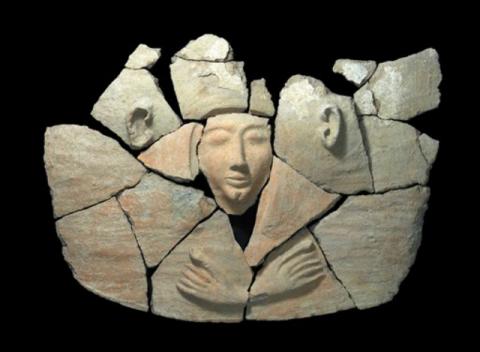Rare clay sarcophagus found in Israel alongside Seti I scarab seal ring
Seti I conquered the region of today's Israel in the first year of his reign in order to secure Egyptian trade routes and collect taxes for Egypt, said Ron Beeri, an archaeologist who participated in the dig. The man buried in the sarcophagus might have been a tax collector for the pharaoh, Beeri added. Seti I was the father of Ramses II, often identified as the pharaoh in the biblical story of the Israelite exodus, though Beeri said there was no historical evidence to support that.
DNA tests may be conducted to determine if the man in the sarcophagus was Canaanite or Egyptian, Beeri said. The recent archaeological discovery, like most in Israel, came by happenstance. Israel's natural gas company called in archaeologists to survey the territory before laying down a pipeline.
Van den Brink said the antiquities authority excavated only a small area, of five metres by five metres (16ft x 16ft), but that that had been enough to locate the sarcophagus, the scarab and four other human remains. Van den Brink said the site could have been a large cemetery, so other sarcophagi could be found in future digs. "It's just a small window that we opened," he said.

